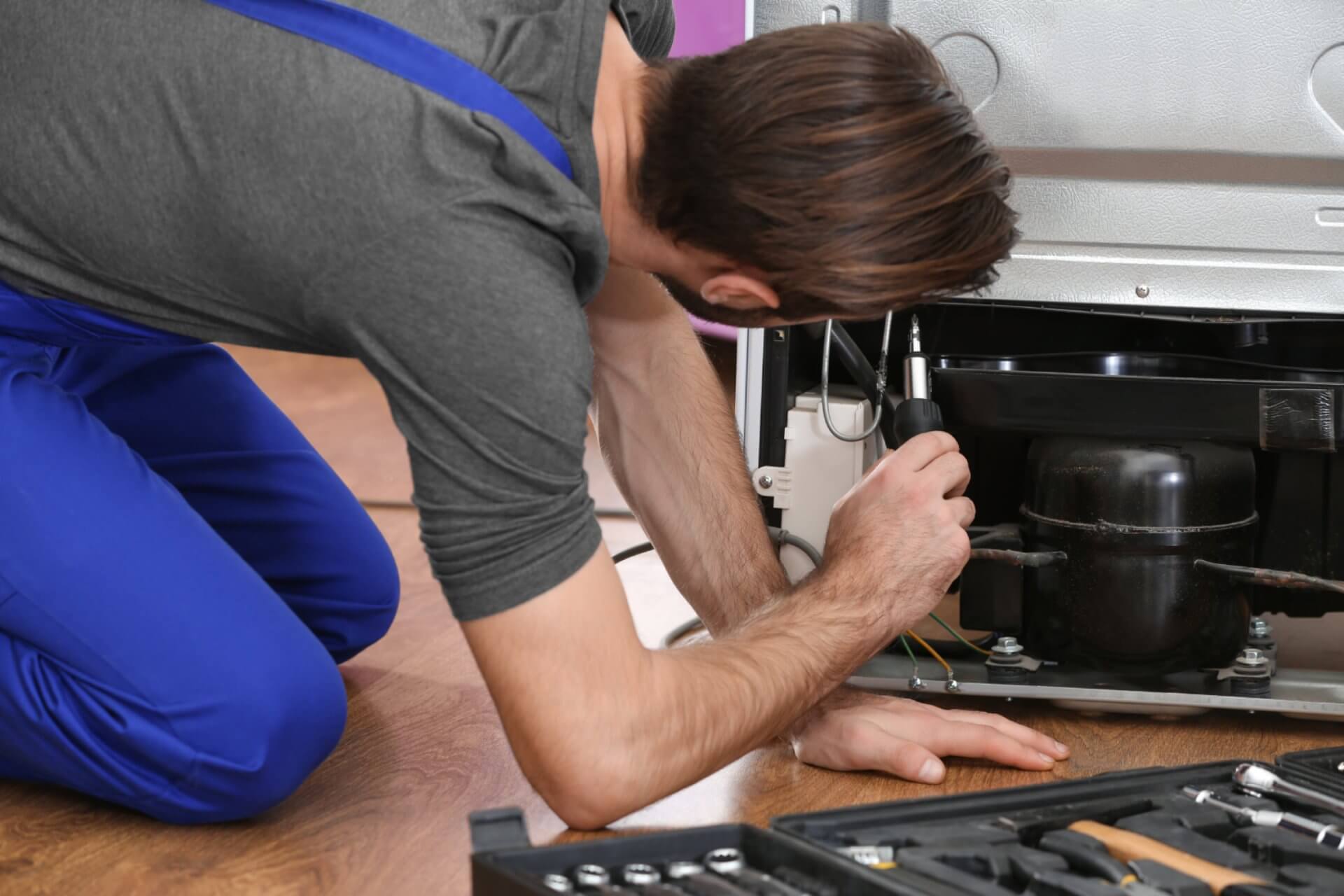Fridge Not Cooling? 11 DIY Fixes for Common Problems | Australian Guide
Let's face it - your refrigerator is probably the hardest working appliance in your kitchen. When it decides to act up, you're suddenly dealing with spoiled food, sky-high energy bills, and the headache of unexpected repair costs. But here's the thing - you don't always need to call in the pros!
I've been there myself, and trust me, many fridge problems can be fixed with some basic DIY know-how. This guide will walk you through the most common fridge issues I've seen and show you exactly how to get your refrigerator running smoothly again without breaking the bank.

Common Refrigerator Problems and Solutions
1. Refrigerator Not Cooling
One of the most common complaints is a refrigerator that's running but not cooling properly.
Possible Causes:
- Dirty condenser coils — #1 cause of cooling issues and easy to fix yourself
- Blocked air vents
- Incorrect temperature settings
- Faulty compressor
- Refrigerant leaks
DIY Fixes:
- Check the thermostat settings — Ensure it's at the optimal 3-4°C (many people set it incorrectly)
- Clean the condenser coils — The most effective DIY fix that resolves ~70% of cooling problems:
- Unplug the refrigerator
- Locate the coils (usually at the back or underneath)
- Use a coil brush or vacuum with a brush attachment to remove dust
- Plug the refrigerator back in and monitor cooling
- Ensure vents aren't blocked by food containers
- Check that the refrigerator has adequate space around it for ventilation
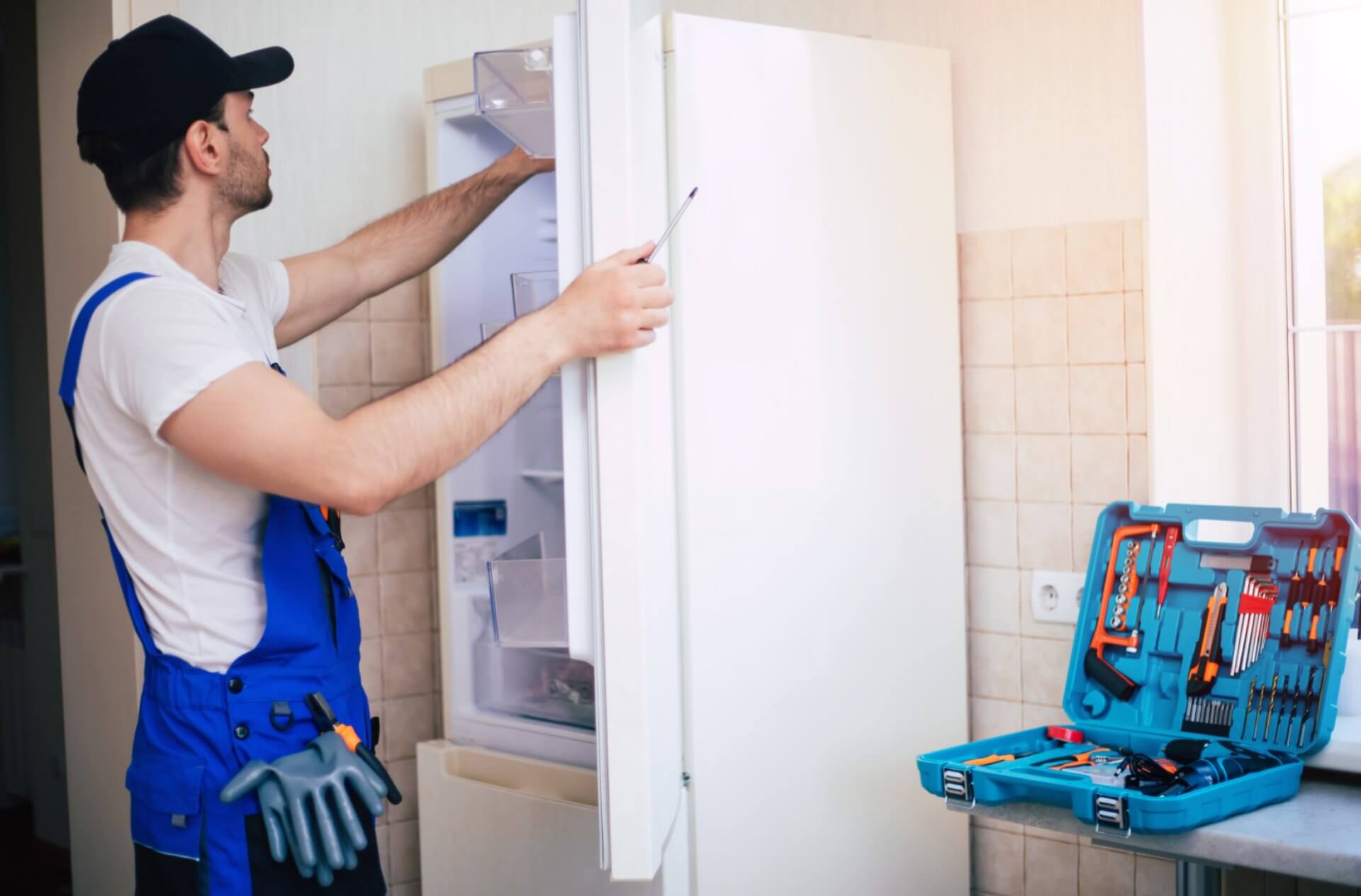
2. Water Leaking Inside or Under the Refrigerator
Finding a puddle of water inside or beneath your fridge is concerning but usually fixable.
Possible Causes:
- Clogged defrost drain — Most common cause that's easily fixed without a service call
- Blocked drain pipe
- Damaged water supply line
DIY Fixes:
- Clear the defrost drain — This simple 5-minute fix solves most leaking issues:
- Remove any food blocking the drain hole
- Flush the drain with warm water using a turkey baster
- Clean the drain pan located under the refrigerator
- Check for and repair any cracks in the drain pan
- Examine water supply lines for any damage if your refrigerator has an ice maker or water dispenser

3. Freezer Building Up Too Much Frost
Excessive frost in your freezer means the defrost system isn't working properly.
Possible Causes:
- Faulty defrost timer
- Damaged door seals — Often overlooked but causes most frost issues
- Defrost drain is clogged
DIY Fixes:
- Check door seals for damage — Quick test that identifies the #1 cause of frost buildup:
- Close the door on a dollar bill
- If you can pull it out easily, the seal needs replacing
- Defrost the freezer manually — Immediate solution that works even when awaiting parts:
- Unplug the refrigerator
- Remove all food items
- Leave the door open for several hours
- Clean and dry the interior before restarting
- Clear the defrost drain to prevent water backup
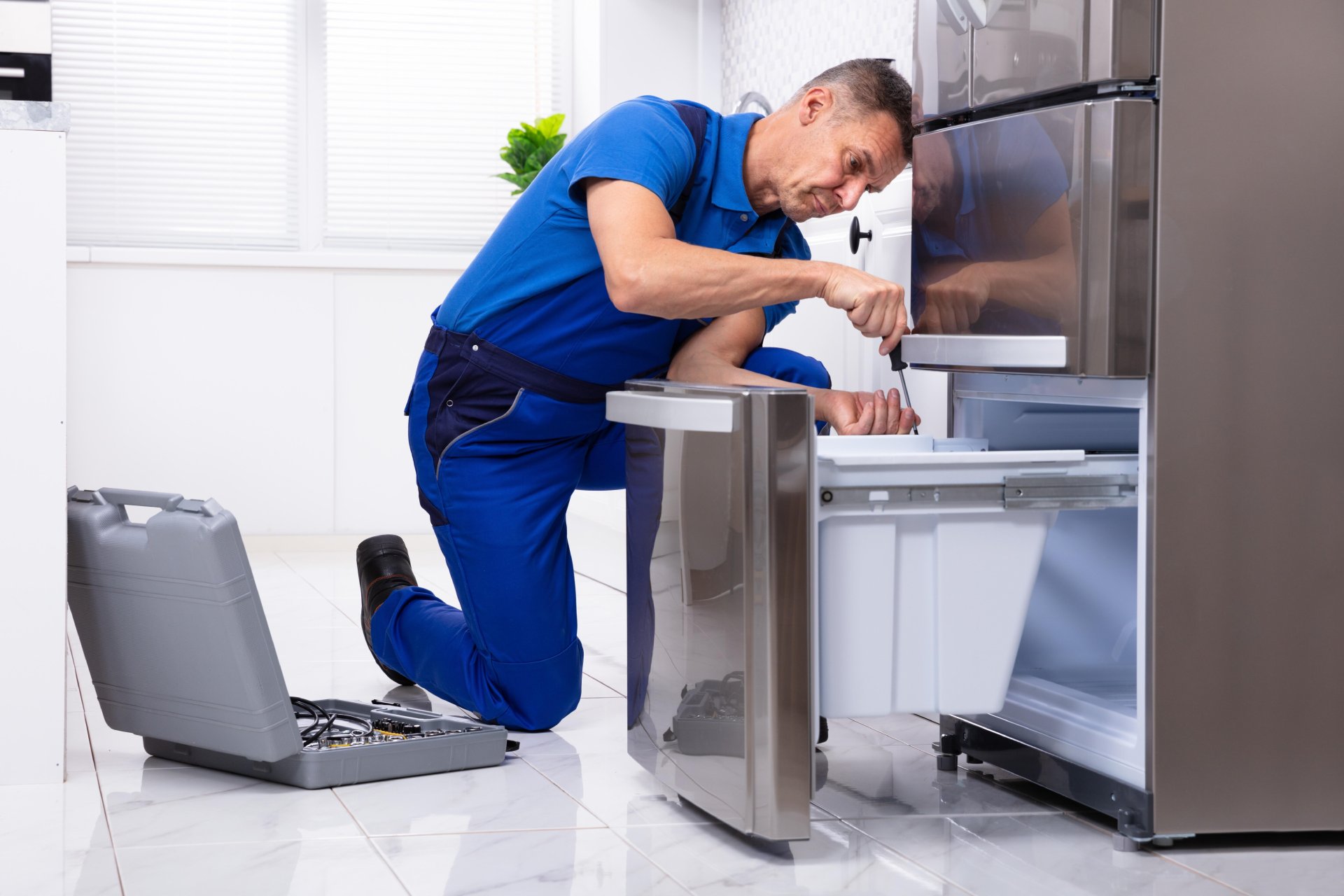
4. Refrigerator Making Strange Noises
Unusual sounds can indicate various problems with your refrigerator.
Possible Causes:
- Faulty evaporator or condenser fan
- Loose components — Surprisingly common and easiest to fix yourself
- Compressor issues
DIY Fixes:
- Check if the refrigerator is level — An unlevel fridge causes 40% of noise problems
- Listen for the location of the noise — Identifying the source helps determine severity:
- Buzzing from the back could be the compressor
- Clicking could be the start relay
- Loud humming might be a fan issue
- Clean both the condenser and evaporator fans to remove any obstructions
- Tighten any loose parts you can safely access
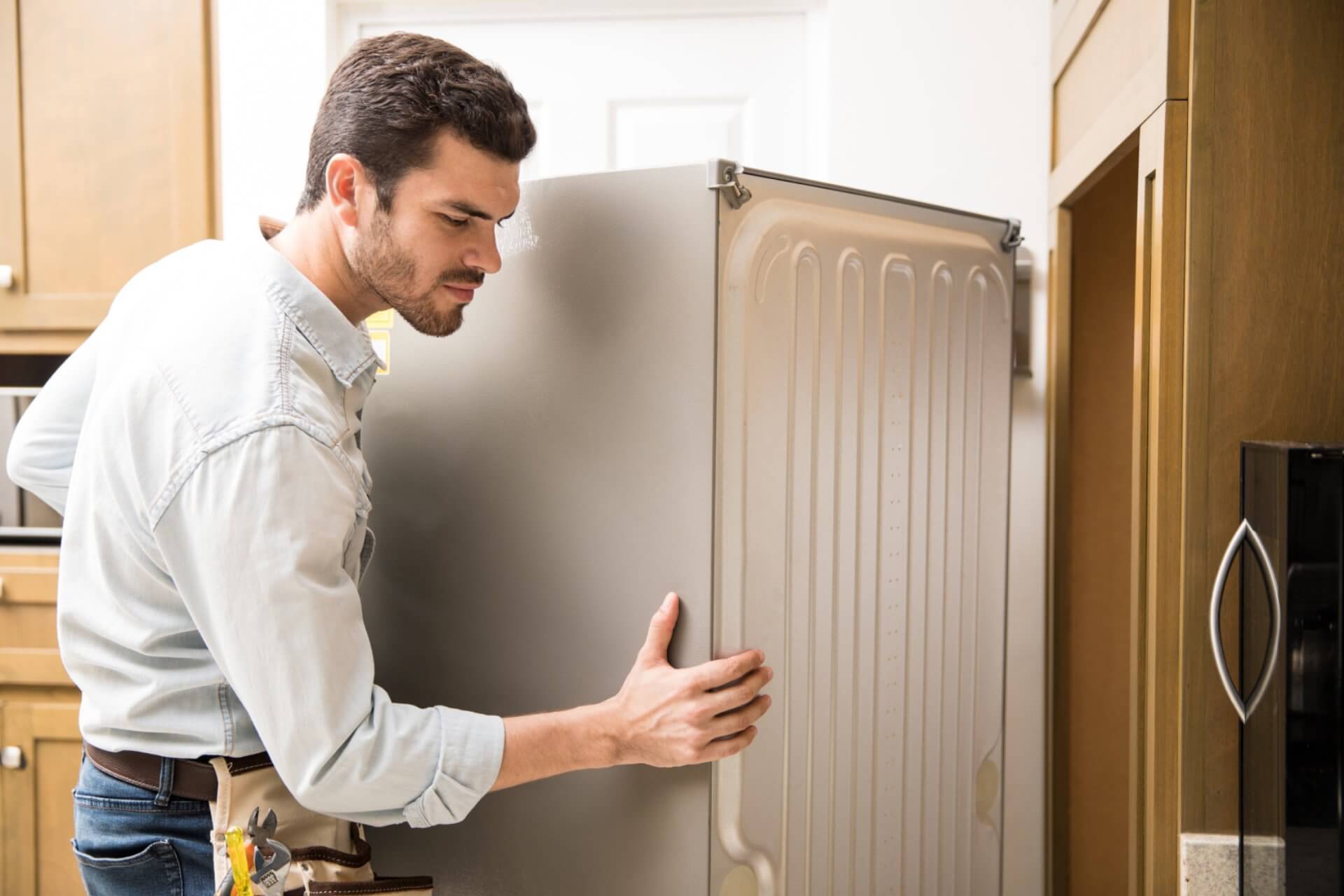
5. Refrigerator Cycling On and Off Too Frequently
If your fridge is constantly turning on and off, it's working inefficiently.
Possible Causes:
- Dirty condenser coils — Primary cause of cycling issues (responsible for ~60% of cases)
- Damaged door seals
- Temperature set too cold
- Overloaded refrigerator
DIY Fixes:
- Clean those condenser coils — The most effective solution that reduces energy bills by up to 30%
- Check and replace damaged door seals
- Adjust the temperature to recommended settings
- Make sure there's enough space between food items for air to circulate properly
- Keep the refrigerator about 2/3 full — This ideal capacity helps maintain temperature stability

6. Damaged Door Seals (Gaskets)
Worn or damaged door seals allow cold air to escape and warm air to enter.
Possible Causes:
- Normal wear and tear
- Food residue buildup
- Physical damage
DIY Fixes:
- Clean the gaskets — Removes sticky residue that prevents proper sealing (try this before replacing)
- Check for damage — The dollar bill test is 95% accurate at identifying seal problems
- Replace damaged gaskets:
- Measure the old gasket
- Purchase a matching replacement
- Remove the old gasket carefully
- Install the new one starting at the top corner

7. Ice Maker Not Working Properly
Problems with ice production are frustrating but often fixable.
Possible Causes:
- Water supply issues
- Clogged water filter — Causes 70% of ice maker failures and is easily replaced
- Frozen water line
- Faulty ice maker mechanism
DIY Fixes:
- Check the water supply valve is fully open
- Replace the water filter — Should be changed every 6 months for optimal performance
- Ensure the freezer temperature is cold enough (0°F/-18°C)
- Inspect the water line for ice blockages — Common in winter when homes are cooler:
- Unplug the refrigerator
- Locate the water line
- Use a hair dryer on low heat to thaw any frozen sections
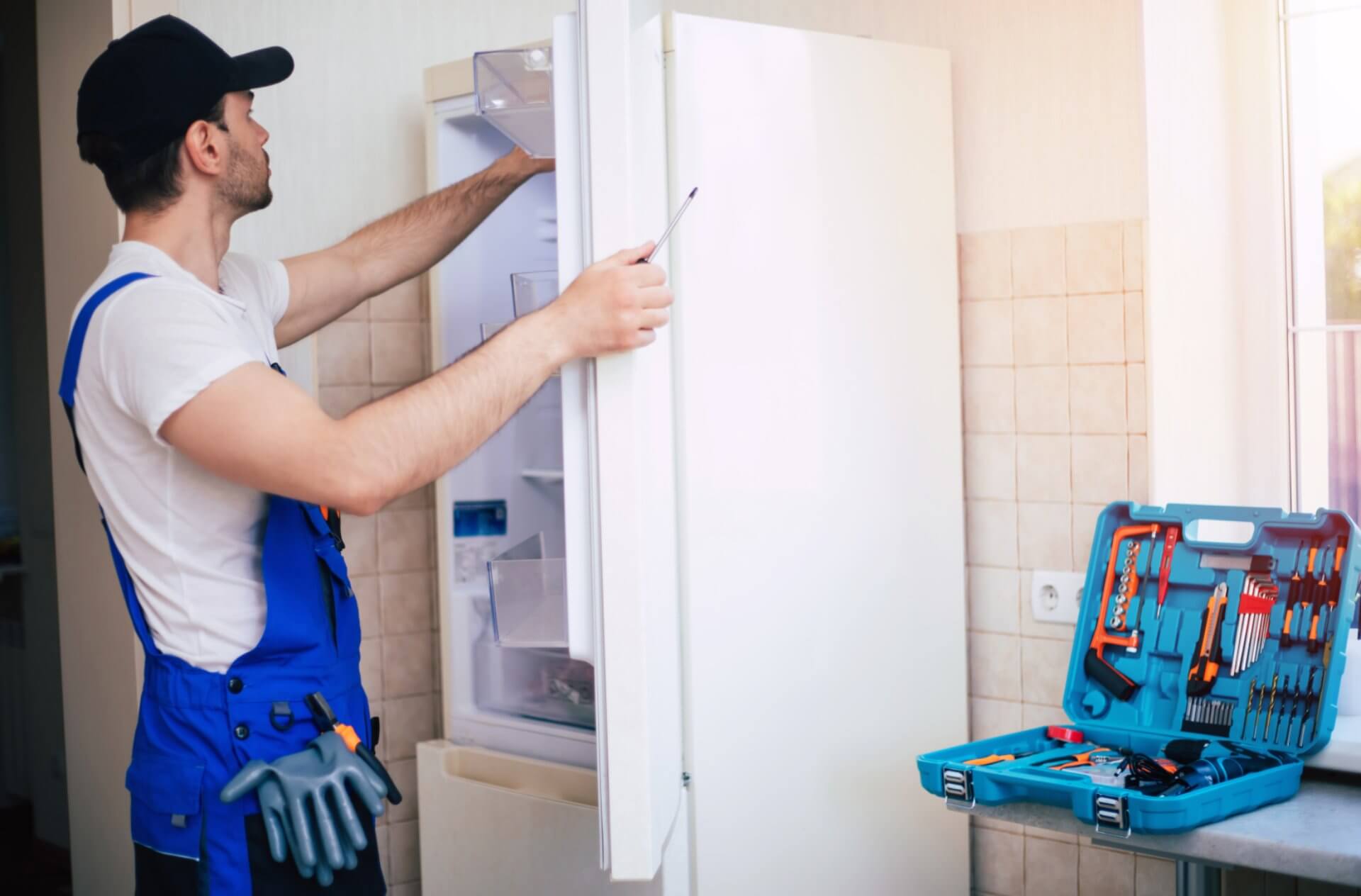
8. Refrigerator Running Constantly
A refrigerator that never shuts off is working too hard and wasting energy.
Possible Causes:
- Dirty condenser coils — The primary culprit in 75% of cases involving constant running
- Poor door seals
- Refrigerant leaks
- Incorrect temperature settings
DIY Fixes:
- Clean the condenser coils — Can reduce energy usage by up to 30% and extend compressor life
- Check and replace door seals if necessary
- Make sure your refrigerator isn't placed near heat sources
- Verify temperature settings are appropriate

9. Refrigerator Not Dispensing Water
Issues with the water dispenser can usually be resolved fairly easily.
Possible Causes:
- Frozen water line
- Clogged water filter — Most common cause (80% of water dispensing issues)
- Water supply problem
- Faulty dispenser control board
DIY Fixes:
- Replace the water filter — Simple 5-minute fix that resolves most dispensing problems
- Check the water supply line isn't kinked or frozen
- Ensure the water valve behind the refrigerator is fully open
- Reset the dispenser control board by unplugging the refrigerator for 5 minutes

10. Refrigerator Light Not Working
A dark refrigerator makes it difficult to find what you're looking for.
Possible Causes:
- Burnt-out bulb — The simplest explanation is usually correct (90% of light issues)
- Loose bulb
- Door switch problem
- Wiring issue
DIY Fixes:
- Check if the bulb is loose and tighten it
- Replace the bulb — The quickest, cheapest fix that works in most cases
- Test the door switch by pressing it manually
- Clean any corrosion on the bulb socket with a dry cloth

11. Refrigerator Temperature Fluctuations
Inconsistent temperatures can lead to food spoilage and safety concerns.
Possible Causes:
- Incorrect temperature settings
- Blocked air vents — Surprisingly common (65% of temperature fluctuation cases)
- Damaged door seals
- Evaporator fan problems
DIY Fixes:
- Check and adjust temperature settings
- Rearrange food to ensure vents aren't blocked — Free fix that improves cooling immediately
- Check door seals and replace if damaged
- Listen for the evaporator fan running when the door is closed
- Clean condenser coils to ensure efficient operation

TIP: Regular maintenance is the key to preventing most of these problems. Mark your calendar to clean the condenser coils every 6 months! — This single habit can extend your refrigerator's life by 3-5 years.
Conclusion
Look, I can't stress this enough - a little bit of regular maintenance goes a long way when it comes to fridges. I learned this the hard way after replacing my own fridge way before its time should have been up.
Taking fifteen minutes every few months to clean those condenser coils, check your door seals, and double-check your temperature settings can literally save you hundreds of dollars and add years to your refrigerator's life.
That said, sometimes DIY fixes just don't cut it. If you've tried the simple stuff and your fridge is still acting up, especially with issues like compressor problems, coolant leaks or electrical gremlins, it's probably time to call in someone who knows what they're doing.

Frequently Asked Questions (FAQs)
Why is my refrigerator running but not cooling? This is often caused by dirty condenser coils (responsible for 70% of cooling failures), blocked air vents, or incorrect temperature settings. Clean the coils, ensure vents aren't blocked by food, and check your temperature settings.
How often should I clean my refrigerator's condenser coils? Clean your condenser coils at least every six months to prevent 80% of common refrigerator problems. If you have pets or live in a dusty area, cleaning them every three months is recommended.
Why is my freezer cold but the refrigerator section isn't? This usually indicates a problem with the evaporator fan (the #1 cause of this specific issue), defrost system, or air damper that controls airflow between the freezer and refrigerator compartments.
Is it normal for a refrigerator to make noise? Some noise is normal, but loud buzzing, clicking, or rattling sounds indicate potential failures that should be addressed before they lead to expensive repairs.
How do I know if my refrigerator door seal needs replacing? Try the dollar bill test: close the door on a dollar bill and try to pull it out. If it slides out easily, your seal needs replacing (a $30 fix that prevents $100+ in energy waste annually).
What's the ideal temperature for a refrigerator and freezer in Australia? The refrigerator should be set between 3-4°C and the freezer at -18°C according to Food Standards Australia New Zealand (FSANZ). These temperatures maximise food safety and energy efficiency.
Why is there water pooling at the bottom of my refrigerator? This usually indicates a clogged defrost drain (responsible for 85% of interior water leaks). The drain can be cleared with warm water and a pipe cleaner or by using a turkey baster to flush it with warm water.
How long should a refrigerator last in Australia? With proper maintenance, most refrigerators last 10-15 years (regular coil cleaning alone adds 3-5 years). Premium brands like Miele and Bosch can last up to 20 years. Check if repairs are covered under Australian Consumer Law warranty protection.

About Julian
Home appliance enthusiast and DIY repair specialist with a passion for helping others save money on appliance maintenance.
Related Articles

How to Extend the Life of Your Refrigerator: 7 Maintenance Tips
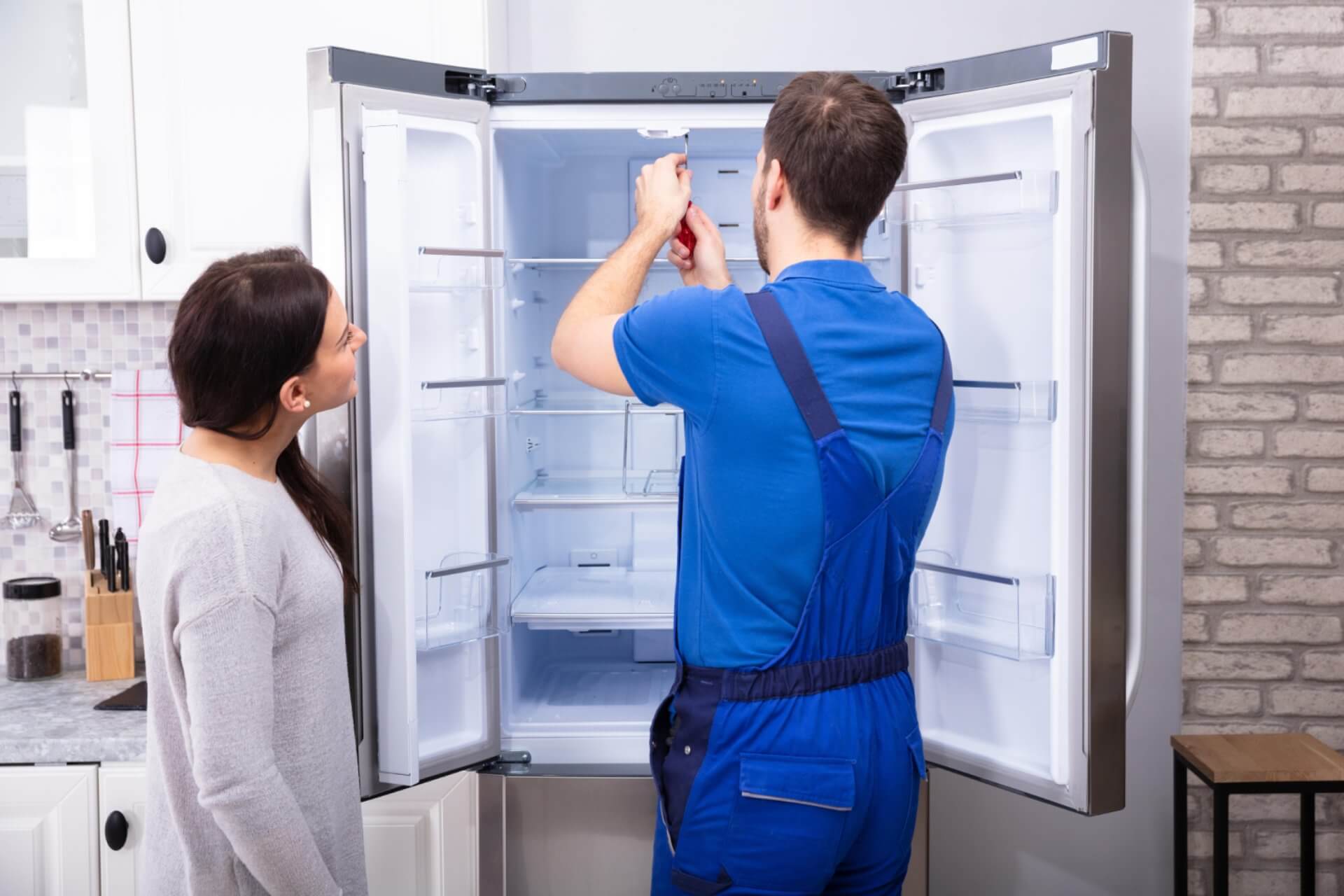
Freezer Not Cold Enough? 6 DIY Fixes for Semi-Frozen Food | Australian Guide
